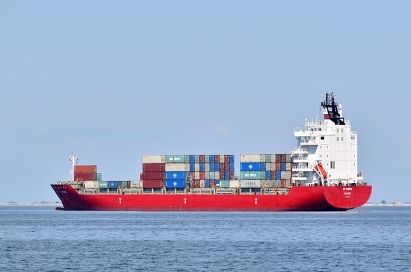What is Trade Facilitation and How Does It Enhance Global Commerce?
Trade facilitation refers to the simplification, modernization, and harmonization of international trade procedures. It encompasses activities, practices, and formalities involved in collecting, presenting, communicating, and processing data required for the movement of goods across national borders. Trade facilitation aims to reduce the complexity and cost of the trade process, thereby increasing the efficiency and speed of global commerce. This article explores the concept of trade facilitation, its components, the benefits it offers to international trade, and the challenges it addresses.

Understanding Trade Facilitation
Trade facilitation focuses on streamlining administrative processes and regulatory requirements for importing and exporting goods. It involves cooperation between governments and various trade agencies to improve the entire trade environment. Efficient trade facilitation can significantly impact economic development by reducing trade costs and improving supply chain reliability.
Key Components of Trade Facilitation
1. Customs Efficiency: Simplifying customs procedures to expedite the clearance and release of goods.
2. Regulatory Simplification: Reducing the number of regulations and requirements for trading across borders.
3. Technology Use: Implementing advanced information and communication technologies to facilitate the electronic exchange of information related to trade.
4. Transparency: Making information on trade procedures widely available to traders in a clear and accessible manner.
5. Interagency Coordination: Enhancing cooperation between various border agencies to reduce redundancies and improve processing times.
6. International Standards: Adopting international standards and practices to enable consistency and predictability in trade operations.
Benefits of Trade Facilitation
• Reduced Trade Costs and Times: Streamlining procedures reduces the time and cost associated with importing and exporting goods.
• Increased Trade Volume: Lower trade barriers and enhanced efficiency typically lead to an increase in trade volumes and economic growth.
• Improved Business Environment: A more efficient trade process improves the business environment, attracting foreign investment and boosting economic competitiveness.
• Enhanced Customs Revenue: Efficient procedures can lead to more accurate and timely collection of customs duties and taxes.
• Global Supply Chain Reliability: Streamlined trade procedures contribute to the reliability and efficiency of global supply chains.
Challenges Addressed by Trade Facilitation
• Complexity in Trade Procedures: Many countries have complex and bureaucratic trade procedures that can be costly and time-consuming.
• Lack of Coordination Among Agencies: Poor coordination among various national agencies can lead to delays and increased costs for traders.
• Infrastructure Deficits: Inadequate trade-related infrastructure can hinder the effective movement of goods.
• Divergent International Practices: Variations in trade practices across countries can create barriers to smooth international trade.
Global Initiatives for Trade Facilitation
• World Trade Organization (WTO) Trade Facilitation Agreement (TFA): Adopted in 2014, the TFA aims to expedite the movement, release, and clearance of goods across borders. It emphasizes measures for effective cooperation between customs and other authorities on trade facilitation and customs compliance issues.
• Bilateral and Regional Agreements: Many regions and countries have developed bilateral and regional trade agreements that include components aimed at facilitating trade.
Strategies for Enhancing Trade Facilitation
• Investing in Infrastructure: Developing robust trade-related infrastructure, such as ports, roads, and digital technologies, to support efficient trade processes.
• Training and Capacity Building: Enhancing the skills and capabilities of officials involved in trade processes to ensure compliance with new procedures and technologies.
• Public-Private Partnerships: Encouraging collaboration between governments and the private sector to innovate and improve trade facilitation measures.
• Continuous Monitoring and Evaluation: Regularly assessing the effectiveness of trade facilitation measures and making adjustments as needed to respond to new challenges and opportunities.
Conclusion
Trade facilitation plays a critical role in boosting global trade by simplifying, modernizing, and harmonizing the export and import processes. By reducing costs and delays associated with trade, it not only enhances the competitiveness of businesses but also supports broader economic development. As globalization continues to increase, effective trade facilitation will remain crucial in promoting sustainable and inclusive growth in the global economy.
Related articles

 WeChat of CBiBank
WeChat of CBiBank